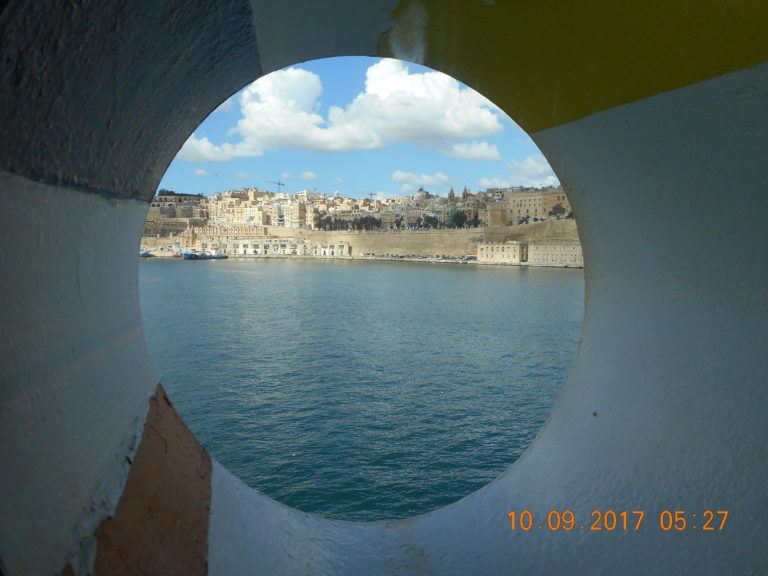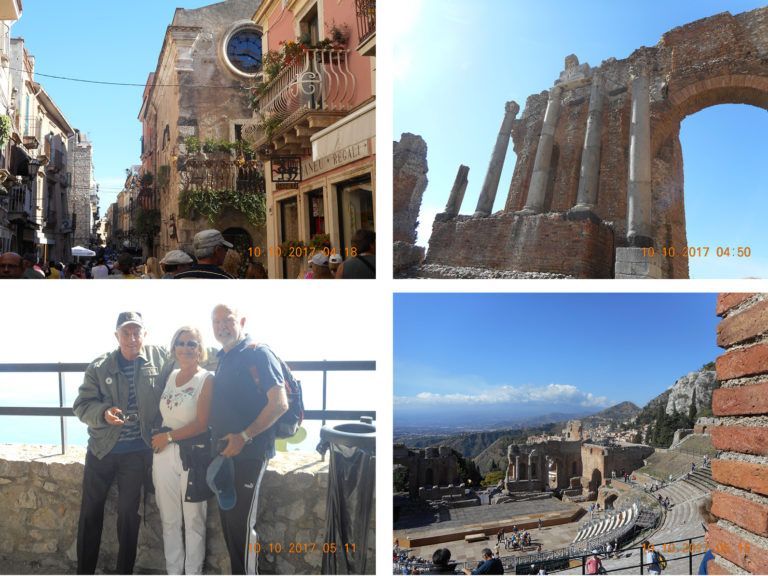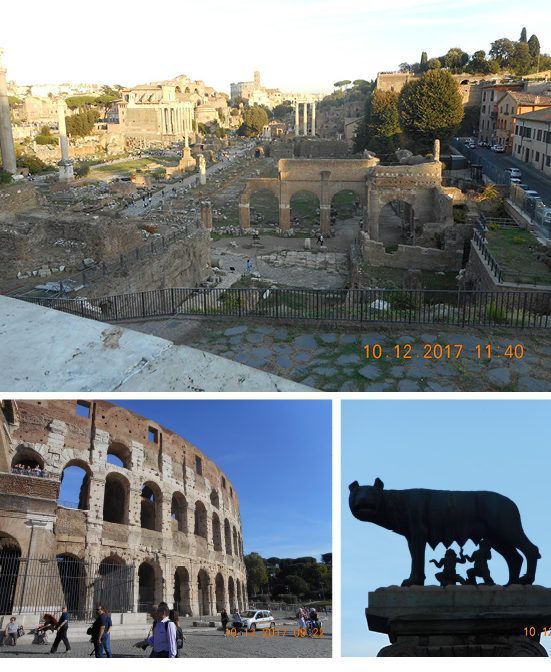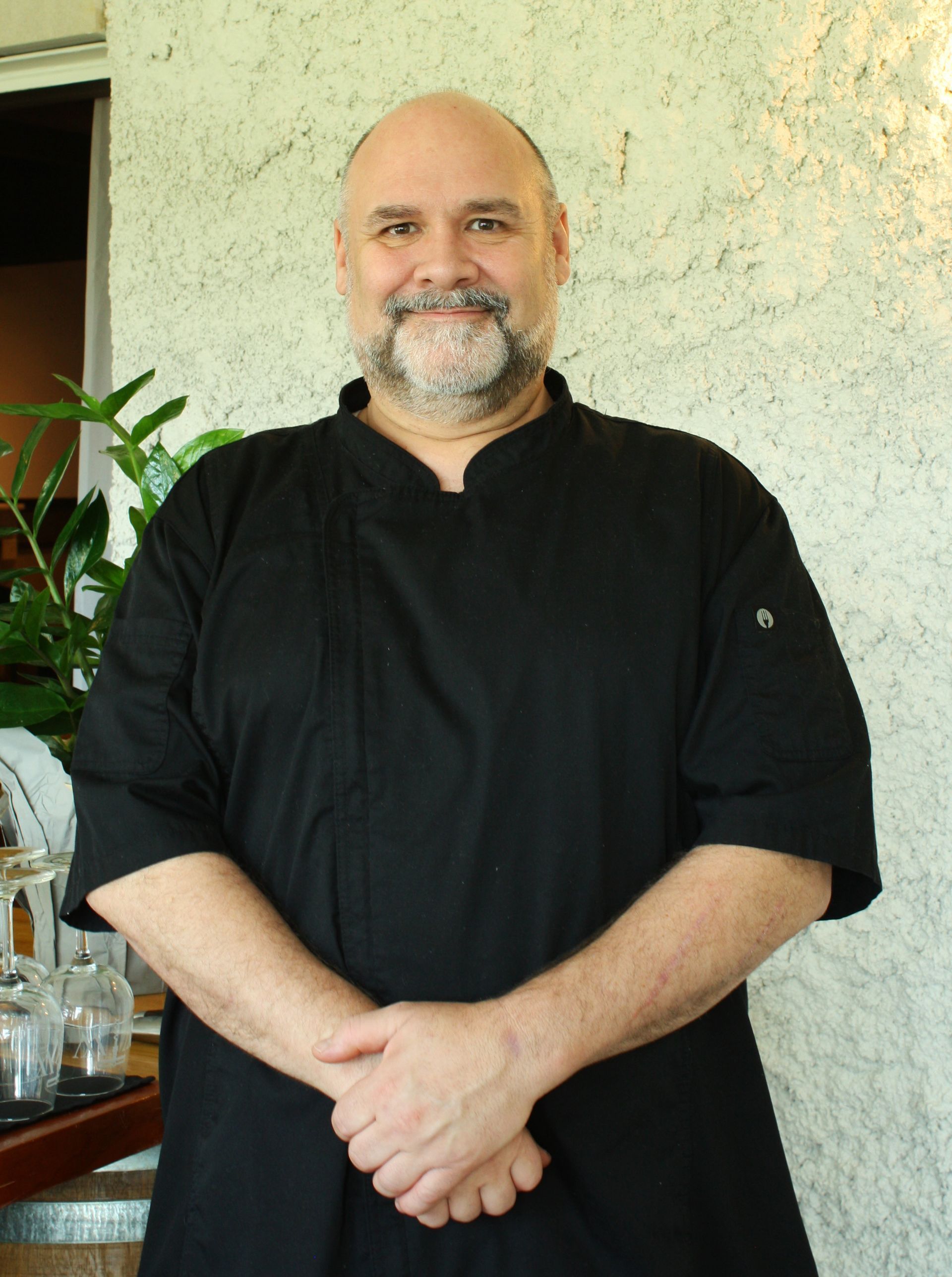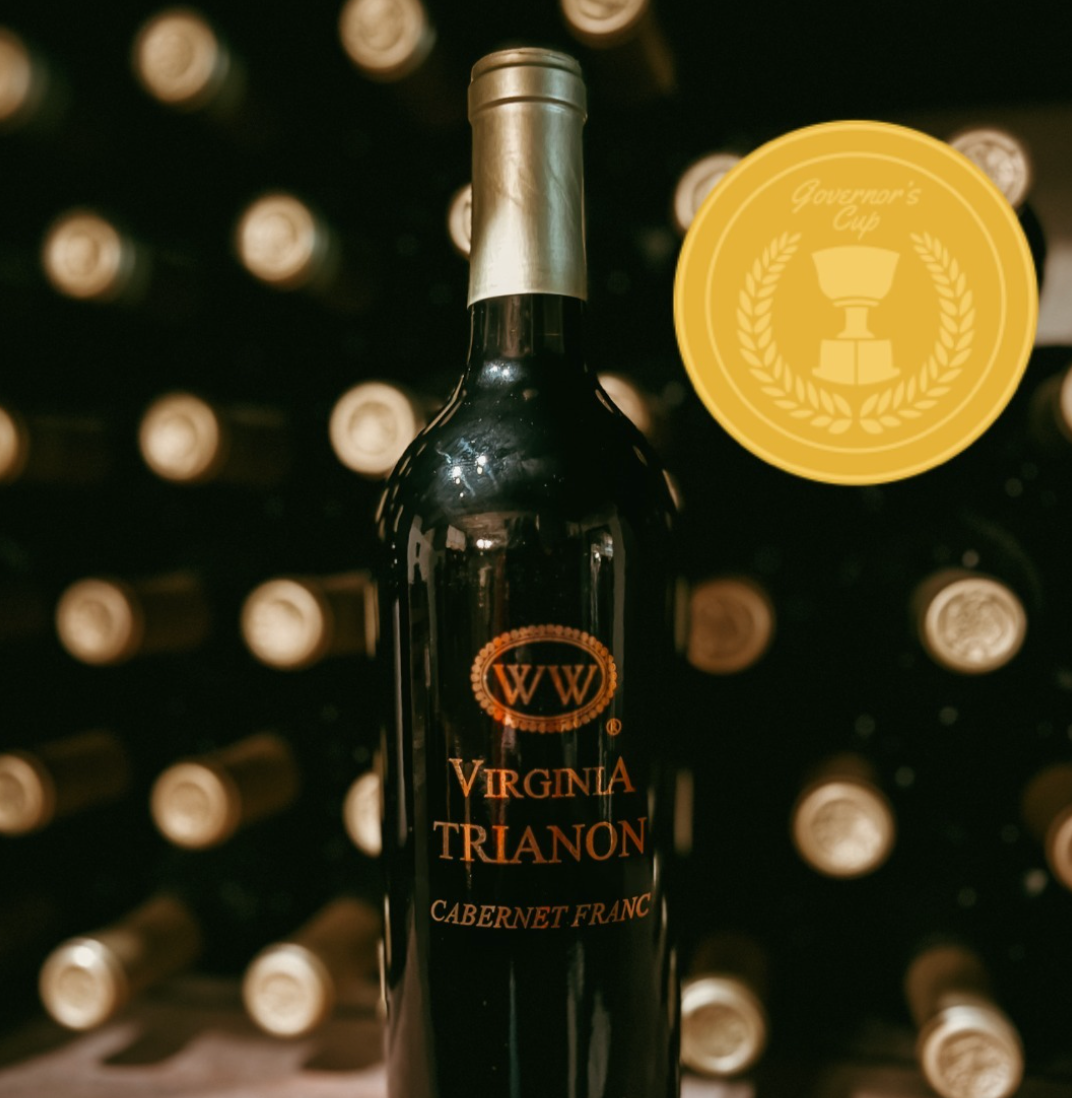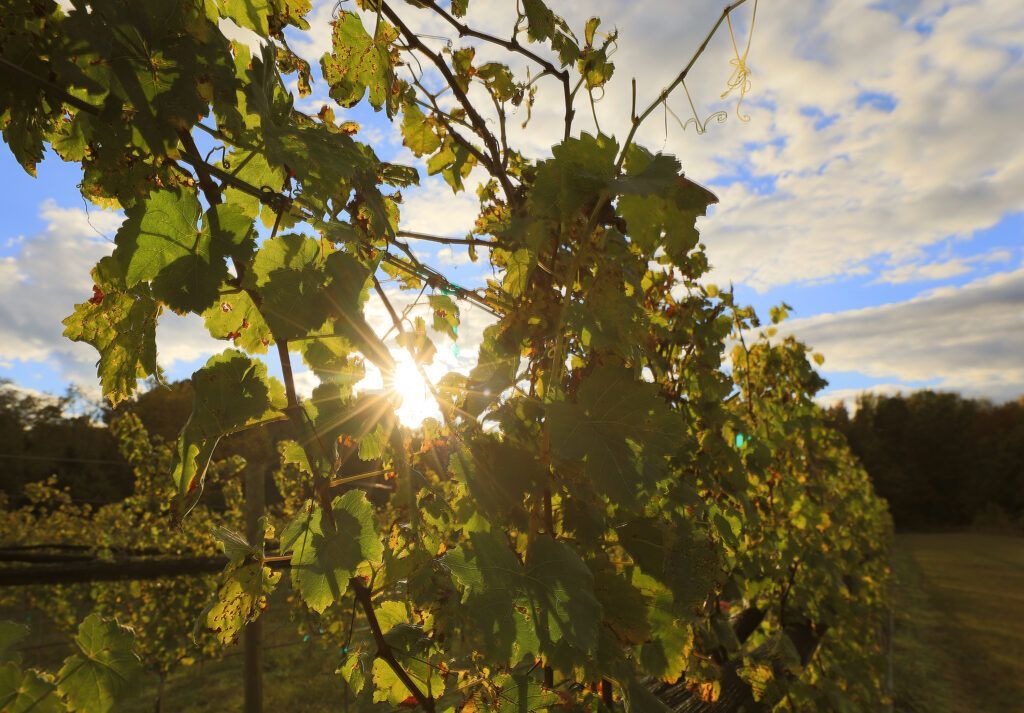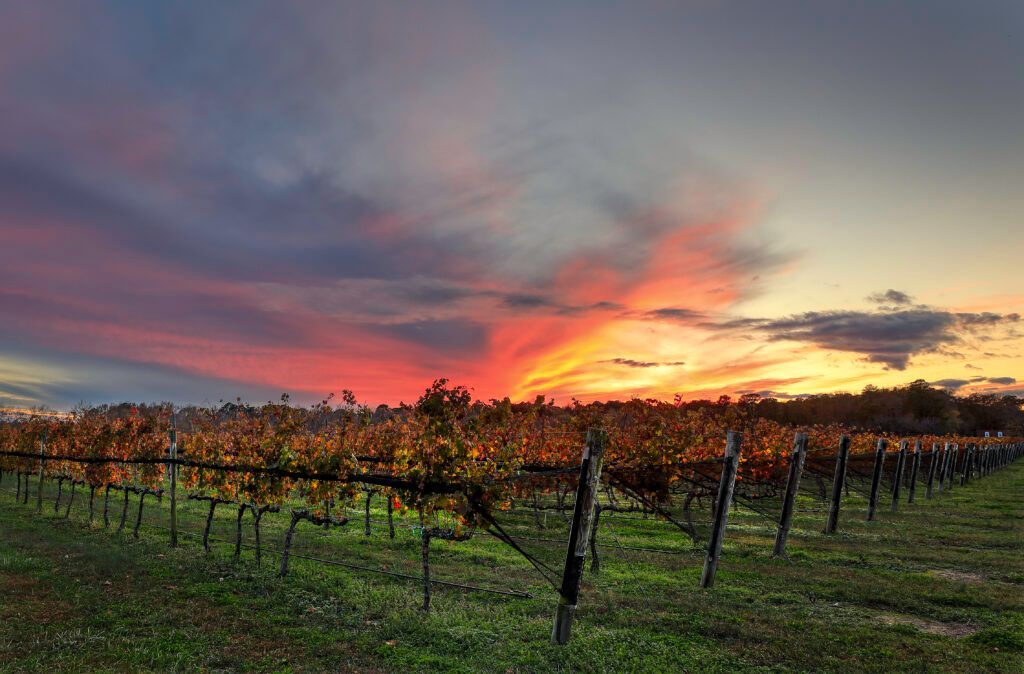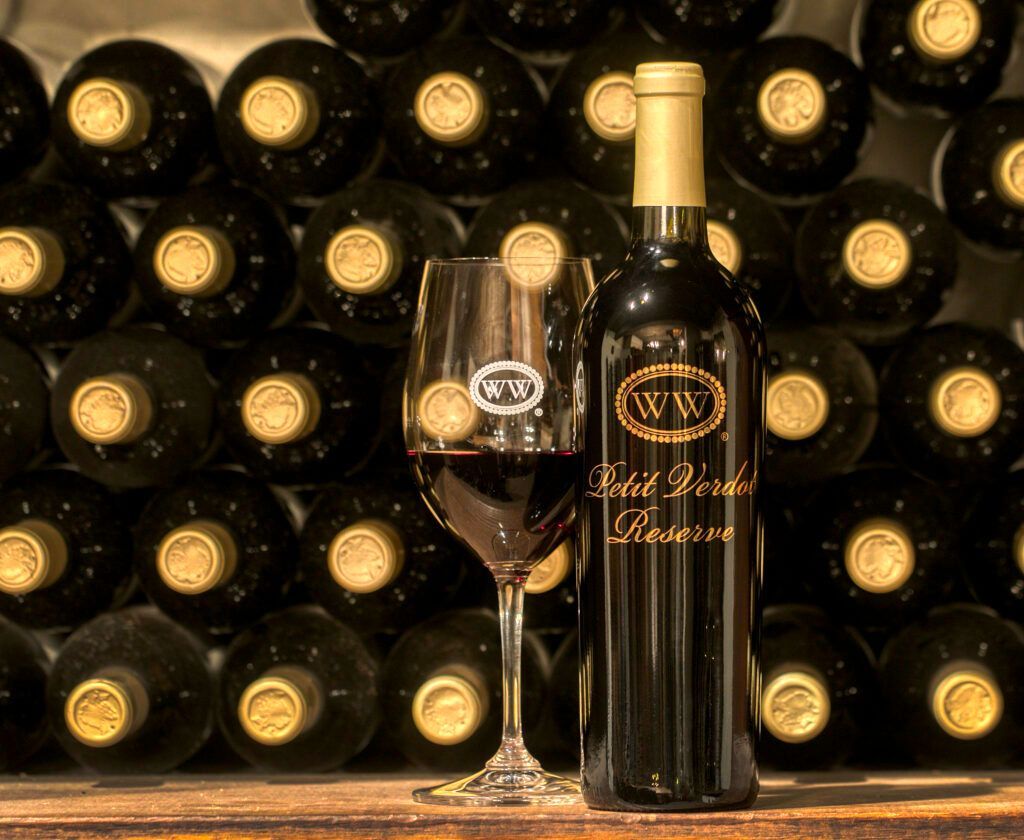And, Another Long Trip to Europe, Part Three
Our next stop was Athens where we were to visit the Acropolis and the Parthenon. It was a huge disappointment. The lines to enter the Parthenon were over two and a half hours long. It reportedly is visited by over fifteen million visitors a year. We were just happy to look at the famous century old Greek constructions from a distance while walking in the park surrounding the Acropolis. Sadly, with such a high level of visitation, the park was despicably filthy, covered in broken beer bottle glass and endless plastics and cigarette butts. It reminds me of our long-term effort to enhance the cleanliness of Wessex Hundred, our farm where the winery sits.
Fortunately, we were able to find a genuine Greek terrace restaurant and enjoyed souvlaki kebab with local traditional food on which George and I were happy to indulge with large mugs of German beer.
Bougainvilier on the island of Santorini.
Our next excursions took us to the mythical island of Santorini and the port of Katakolon on the Peloponese. Olympia is located near the vestiges of the site where the first Olympics took place in 776 BC and continued for some twelve centuries until they were banned by the Christian Emperor of Rome.
The harbor of Valetta in Malta viewed from the port-hole of our state-room on board the ship.
Finally, we had brief visit of the island of Malta and then returned to the shores of Italy with first a visit of Taormina, a jewel of a town on the island of Sicily.
Taormina was founded by the Greeks and then fell under the control of the Romans who expanded the Greek amphitheater to bring it to a capacity of 50,000 spectators. The town is located way up on mountain overlooking the sea and faces Mount Etna, the volcano that dominates the landscape. The medieval days brought a significant evolution of the town with the construction of many churches, gates to enter the city, and narrow pedestrian-only streets.
Our last stop-over was in the bay of Naples. We had a choice of options to visit Sorrento and the Amalfi coast, the islands of Capri and Ischia or the ruins of Pompeii, the Roman city that was destroyed by an eruption of the Vesuvius volcano in the middle of the first century AD. The entire city and many of its inhabitants were buried for some eighteen centuries under a humongous pile of ash spewn by the volcano. Given that I had seen Capri many years ago, we opted to visit the excavations of Pompeii which verges on the incredible.
The next day, we were back in Rome and toured the city. Francoise picked up a nice leather bag at an open air market, and we had a delightful lunch in a street side casual establishment. The owner was grateful for our presence and I happily talked him into helping us celebrate our closing luncheon in the eternal city by offering us glasses of Prosecco.
Early the next morning, George and Marianna took a flight back to the West Coast. Later that day, we flew to Marseille and proceeded to return to Norfolk
In all, it was a long trip. We accomplished most of what we had on our agenda. We lamented the obvious governmental dysfunction in both Italy and Greece and cannot escape our growing concern over the increasing air and water pollution in the Mediterranean and over the large cities. It feels really good to be back at Wessex Hundred.
Cheers,
Patrick G. Duffeler
Founder & Chairman
